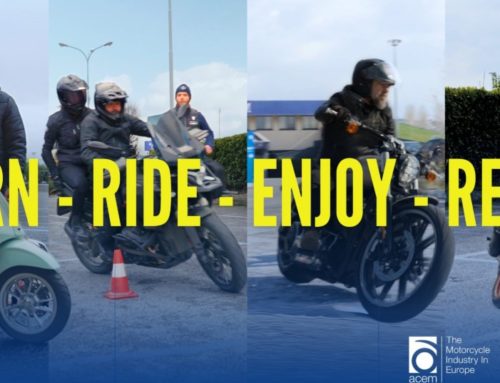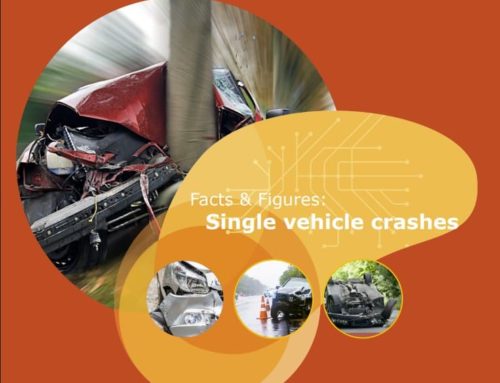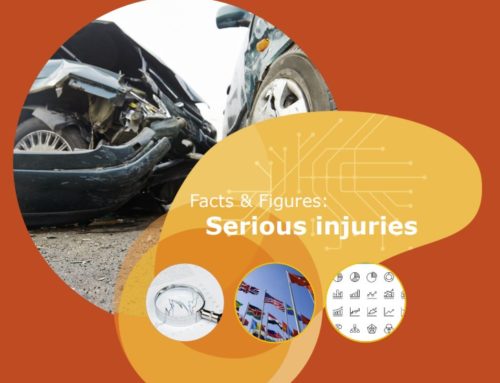
A paper titled “Detection of dangerous driving behaviour with wide-scale data from smart systems and machine learning techniques” authored by Hector Kamvoussioras, Thodoris Garefalakis, Eva Michelaraki, Christos Katrakazas and George Yannis has been published in Advances in Transportation Studies. Specifically, four classification models: Ridge Classifier (RC), Support Vector Machines (SVM), Random Forests (RF), and eXtreme Gradient Boosting (XGBoost) – were developed. These models were utilized to categorize driving behaviour into three defined levels of “Safety Tolerance Zone (STZ)”. The results revealed that the RF and XGBoost models achieved high accuracy, reaching 95% in prediction accuracy. By identifying the factors that influence risky driving behaviour, this framework offers valuable insights for guiding safety interventions , ultimately contributing to enhanced road safety. ![]()

















































































































































































